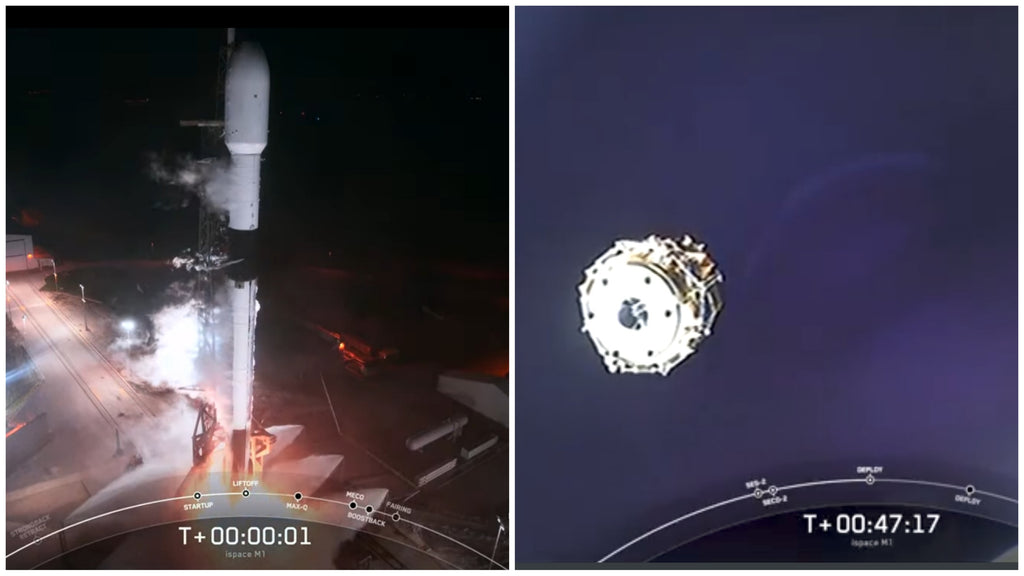ispace, Inc. is a space exploration company headquartered in Japan that develops robotic landers. The company selected SpaceX to launch the first privately-led mission to land on the lunar surface. ispace's Mission 1 (M1) launched the HAKUTO-R program lunar lander atop a Falcon 9 rocket, alongside NASA's Lunar Flashlight on Sunday, December 11. A Falcon 9 rocket lifted off at 2:38 a.m. ET from Space Launch Complex-40 at the Cape Canaveral Space Force Station in Florida.
Liftoff! pic.twitter.com/FEenmAJmOz
— SpaceX (@SpaceX) December 11, 2022
The Falcon 9 first-stage booster that supported this mission is identified as B1073; It previously launched four missions: SES-22 and three Starlink satellite launches. Soon after propelling the upper-stage to orbit, the booster landed on Landing Zone 2 at the Cape Canaveral Space Force Station. It marked the fifth landing for booster B1073 and it is SpaceX's 155th landing of an orbital-class rocket.
Falcon 9’s first stage has landed on Landing Zone 2 pic.twitter.com/0viaOjqKR1
— SpaceX (@SpaceX) December 11, 2022
The HAKUTO-R lunar lander was released by Falcon 9's upper-stage around 46 minutes after liftoff. The company shared footage of the vehicle's deployment, shown below. The HAKUTO-R M1 lander will travel to the moon carrying other payloads, including: the very small 'Rashid' rover operated by the Mohammed bin Rashid Space Centre in the United Arab Emirates, and a robot owned by the Japan Aerospace Exploration Agency (JAXA). It will be the United Arab Emirates first rover to land on the Moon. JAXA’s robot is also designed to cruise on the moon, however, it is super tiny, around the size of a baseball equipped with cameras and sensors to collect data (pictured below).
Deployment of ispace’s HAKUTO-R Mission 1 confirmed pic.twitter.com/9R3Uw2qceS
— SpaceX (@SpaceX) December 11, 2022



NASA's Lunar Flashlight was deployed into orbit approximately 53 minutes after liftoff. Lunar Flashlight is a CubeSat (small satellite) operated by NASA's Jet Propulsion Laboratory (JPL). It is designed to orbit the Moon to search for water ice. The CubeSat that will orbit around 15-kilometers over the Moon’s South Pole. “We are bringing a literal flashlight to the Moon – shining lasers into these dark craters to look for definitive signs of water ice covering the upper layer of lunar regolith,” said Barbara Cohen, Lunar Flashlight principal investigator at NASA’s Goddard Space Flight Center in Greenbelt, Maryland. “I’m excited to see our mission contribute to our scientific understanding of where water ice is on the Moon and how it got to be there.”
ispace, inc. representatives state that their collaboration with NASA is important because it will contribute to the U.S. Artemis Program and help ispace "further improve the maturity of ispace’s technology and business model."










